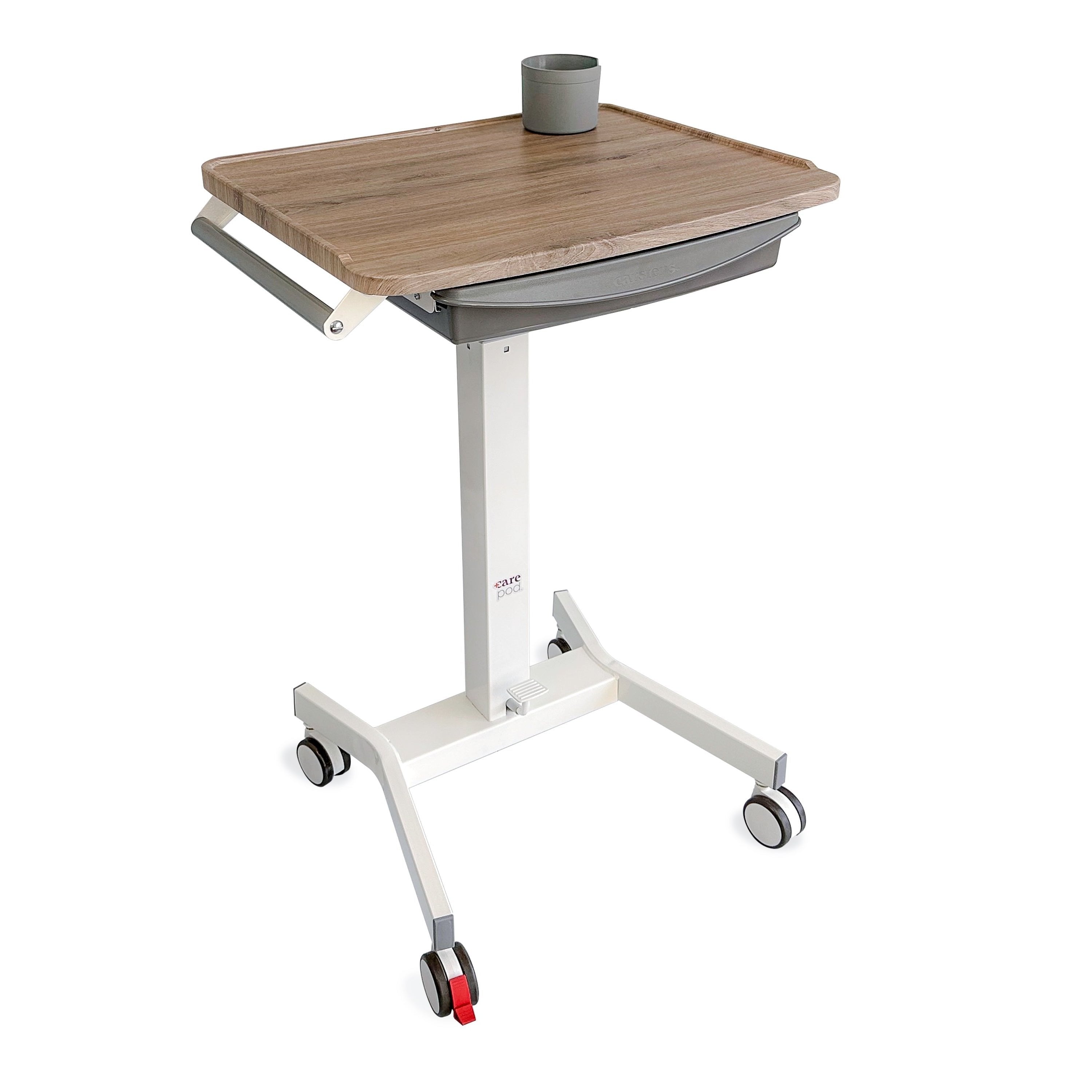Improving Workflow in Healthcare: The Ultimate Guide
Healthcare is constantly changing, and to work in the field, being flexible is a must. Yet, even if you and your team are at your peak, you can still do some things to improve the workflow.
Eliminating waste streamlines how an office runs and removes unnecessary tasks. In the US alone, roughly $12 billion is wasted every year due to inefficiency by healthcare providers. Some tasks such as preparing for an office visit where the patient cancels, message taking, time spent looking for charts, or repeat phone calls are all examples of what is considered to be wasted time.
Improving workflow in healthcare helps to address these pain points and removes wasted time and effort. That can help not only support a more efficient team but help save those wasted dollars.
Changes to make for improving workflow in healthcare
Some of these are easy changes you can make to any environment. Others may take some time to get a handle on. Either way, any improvement is a step in the right direction.
1. Resimercial Space Design
Resimercial Space Design is a modern take on the sterile feel of healthcare locations. Utilizing your layout and offering comfortable, homey furnishings is the new interior design regular. This gives staff a place to unwind and feel more at home. Well-rested employees come with the reward of being more efficient.
Related: Patient Charting Catalog
2. Find and Remove Bottlenecks
These restrictions are a colossal waste of time. Not just for healthcare providers but the patients as well. Just making changes can sometimes backfire if the constraint itself is not addressed. Find the part in the system with higher demand than availability and start there to change where these bottleneck problems occur.
3. Do Tasks in Parallel
When you do tasks in single steps at a time, when something derails the system, the entire day can be ruined. If you can have multiple mechanisms for team members to follow to keep things moving forward, a detail won’t offset the whole system. Parallel processing helps support a continuous system.
For example, if you have a provider that waits until an influenza vaccination has been given before they will see the patient can stop the forward-moving process. Rather than if the provider attends the patient while or even before the injection is being offered, the system doesn’t derail. A checklist is a simple way to help these situations.
Charting supplies could be the solution to solving your workflow. Carstens has the charting supplies you need to stay on track, including labels and cards, binder divider sets, and clipboard accessories.
4. Use Automation and Technology
Utilizing the tools that technology has to offer is a great way to improve workflow in healthcare. Electronic medical records, walkie-talkies, fax machines, and other electronic systems can help support a dynamic workflow.
For example, a nurse may be in a different area processing something for another patient, and they are needed in another room. Rather than a co-worker having to walk around and track down that nurse, a quick radio call can translate the location and if the task would need to be passed off before the nurse can leave.
5. Remove Intermediaries
Every team member involved with the patient or their information can add valuable time to the process. Added time can also cost money. If you remove those intermediate steps with intermediaries, you can improve your workflow.
For example, if a prescription usually gets looked over by a nurse and the doctor, if both are not needed, you can remove one step and streamline the process. Mixing that with an automated system can make it even more effective.
Related: Charting Supplies
6. Move Steps in the System Closer
Physical distance can take time. If you have ever had to walk a patient file to another floor in the building, you know how long that can take. That can also cause delays and communication problems.
If possible, move common steps closer together. Or even better, digitalize what you can for instant transfers of information. That reduces delays.
7. Synchronize Patient, provider, and information
Organizing multiple processes so that they line up properly can help ensure a smooth workflow. Some ideas on how to start to synchronize the appointment process:
- Begin appointments on time. Knowing precisely what time the patient is being seen can ensure that all paperwork needs to be there.
- Ensure that any needed information, equipment, and supplies are easily accessible. Waiting for information can take valuable time. Having everything you need before you start is critical.
- Ensure the patient is prepared. Nothing can waste more time than waiting for something that could have been done while waiting. Things such as removing shoes and taking off a coat help keep office times to a minimum.
8. Standardize rooms, information flow, patient flow, and equipment
Standardization of equipment, processes, and supplies helps create a uniform flow of day-to-day events.
Open rooming standardization offers providers the opportunity to make use of any room available. That process can help streamline the rotation of patients and how many a single office can hold. Keeping rooms stocked helps minimize interruptions. The best way to do this is to have designated staff that know how to address this process to ensure a smooth system.
9. Just-in-Time Processing
The traditional way that tasks are processed later and in batches of a similar task. The downside means that those things can take up more significant amounts of staff.
Using the Just-in-time process helps to streamline everyday tasks. Here are some examples that you can use to add just-in-time processing to your workflow:
- Complete today’s work during the same day.
- Document the encounter during or immediately.
- Take care of smaller tasks like refills or messages between appointments.
Conclusion
There are a lot of different ways you can streamline your healthcare facility. Even just doing one of these can make some significant changes to improve the workflow. Combining any of these can significantly improve workflow.
Are you ready to streamline your workflow? Carstens are healthcare leaders and have the solutions you need to improve your healthcare treatment process.






